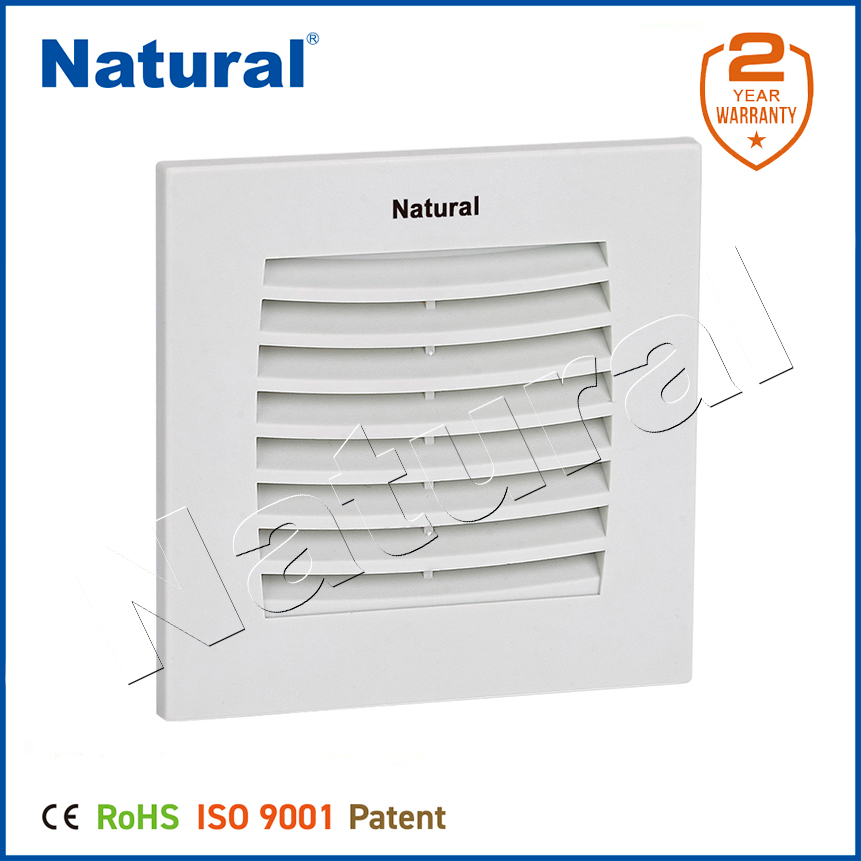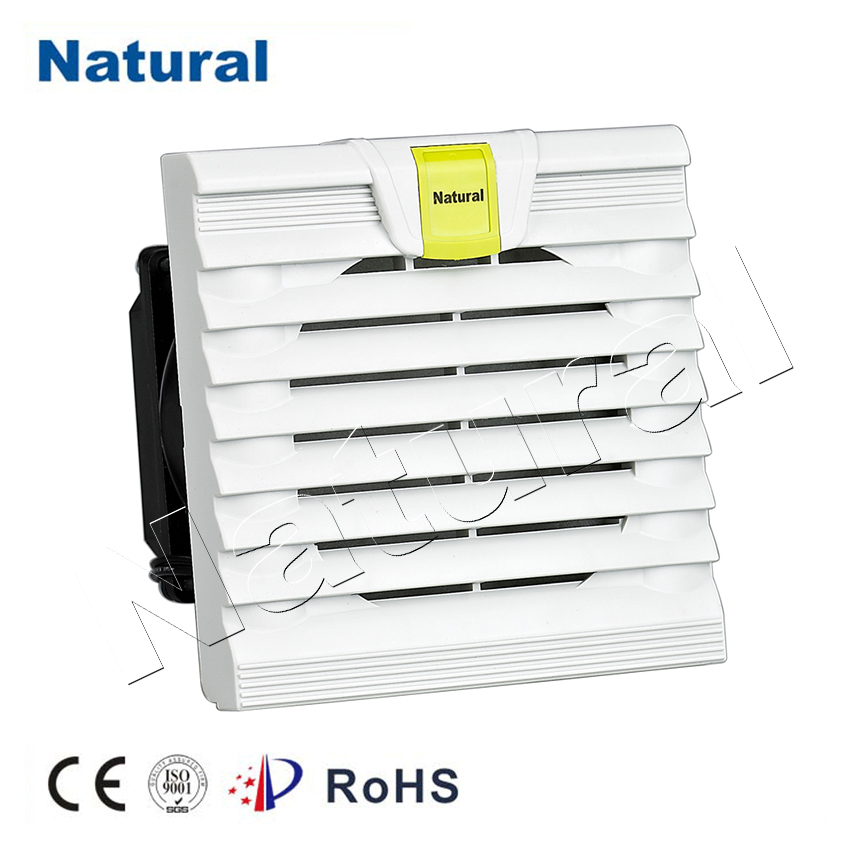Cabinet filters play a crucial role in maintaining the performance and longevity of sensitive electronic equipment, machinery, and industrial systems. These filters are designed to prevent dust, dirt, and other contaminants from entering enclosed spaces such as cabinets, ensuring that the internal components remain clean and operate efficiently. In this article, we will explore the significance of cabinet filters, their types, applications, and benefits in various industries.

What Is a Cabinet Filter?

A cabinet filter is a device installed in the intake or exhaust system of an equipment cabinet. Its primary purpose is to filter the air entering or leaving the enclosure to prevent the accumulation of particulate matter, moisture, or other pollutants inside the cabinet. This helps to maintain the optimal temperature, humidity, and cleanliness required for electronic components or mechanical systems to function properly. Typically, cabinet filters are used in equipment enclosures, control panels, server racks, and other similar applications where the internal environment must be carefully controlled. These filters are designed to handle varying levels of air pressure and flow, depending on the size and specific needs of the equipment they protect.
